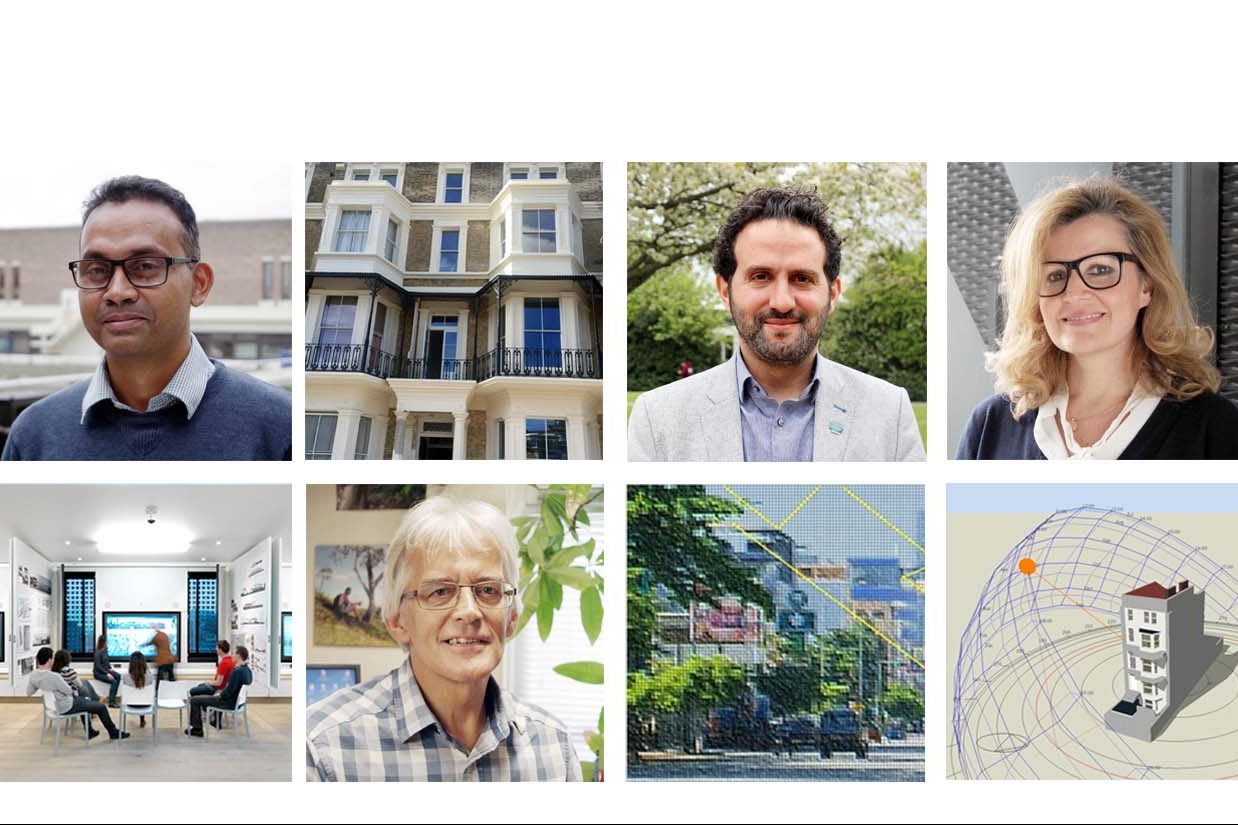
Funding body: EPSRC (2009-2012).
Principal Investigator (at Kent): Prof Marialena Nikolopoulou
Partners: Brunel University London, City University London, Loughborough University, University of Reading, Manchester Airport, London City Airport
Research Associate: Alkis Kotopouleas
Summary
Aviation contributes to GHG emissions and climate change from aircraft in flight and on the ground and through the energy used by ground operations and airport buildings. Emissions from energy consumption of airport buildings for the 20 largest airports in the UK in 2006 were 0.7 MtCO2e which represents approximately 0.1% of total UK emissions. This energy consumption is mainly gas for heating, and electricity for lighting, cooling and ventilation and many other electrical equipment such as motors. Energy saving approaches in modern airport terminal buildings include: the use of more efficient lighting and its control in response to natural lighting levels and occupancy, the maximization of the use of daylighting, solar gain control, the use of more energy efficient building materials and construction methods, thermal energy storage, the use of Combined Heat and Power systems and renewable energy sources. Most of these approaches, however, are only applicable to new airport buildings.
As most of the airport infrastructure for the next 50 years already exists, maximum benefit from energy savings and GHG emissions reduction can be achieved from retrofit applications to existing airport buildings. This project investigates and develops an innovative indoor thermal management system that can be easily retrofitted to existing airport buildings and can provide significant energy savings compared to current state of the art systems. The system has been based on active and passive indoor climate control systems based on phase change materials (PCMs) and slurries, and intelligent control techniques and systems that will provide real time control of lighting levels and indoor climate in response to external conditions, occupancy levels and passenger flows.